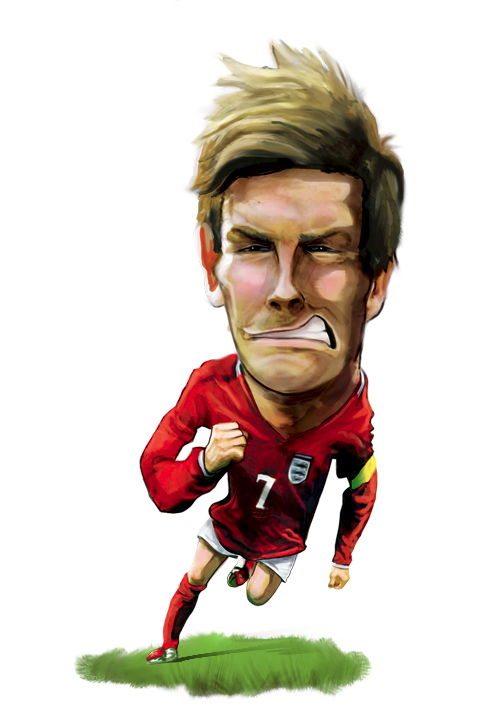BENIGN ROLANDIC EPILEPSY
One night David Beckham was sleeping in his room. He was 8 years old. Suddenly his parents heard a loud sound. When they rushed to his room they saw Beckham on the floor with whole body seizures that stopped after few minutes.


Next day Beckham was taken to his Pediatrician. The pediatrician asked him whether he had tingling sensation around his mouth and whether he had jerky movements of cheeks. To everyone's utter disbelief he said Yes.
Pediatrician ordered an EEG which showed features of benign rolandic epilepsy.
The parents were counselled about the benign nature of the disease and no treatment was started.
Beckham went for frequent follow ups and the convulsions vanished after he was 15 years of age.

Benign Rolandic epilepsy also known as benign childhood epilepsy with centrotemporal spikes (BECTS) is a common epilepsy syndrome comprising of 15% of all childhood epilepsy.
It typically starts during childhood (ages 3-10 yr) and is outgrown by adolescence.
Seizures that come on when the child is awake involve twitching, numbness, or tingling of one side of the child's face or tongue without impaired awareness (called a focal aware seizure).
Seizures that come on during sleep often evolve to convulsive activity affecting both sides of the body.
EEG shows typical wide-based centrotemporal spikes that are markedly increased in frequency during drowsiness and sleep.
Treatment generally not required but in cases of multiple seizures with interference of quality of life Oxbazepine and carbamazepine are very effective.

Atypical BECTSis a less common variant of the disorder characterized by often a younger age of onset, multiple seizure types including drop attacks, atypical EEG patterns including secondary bilateral synchrony, and/or other comorbidities such as developmental delay.


Comments
Post a Comment